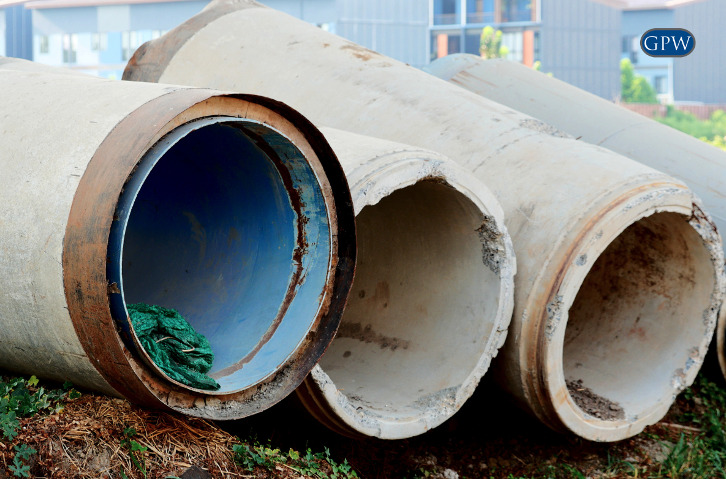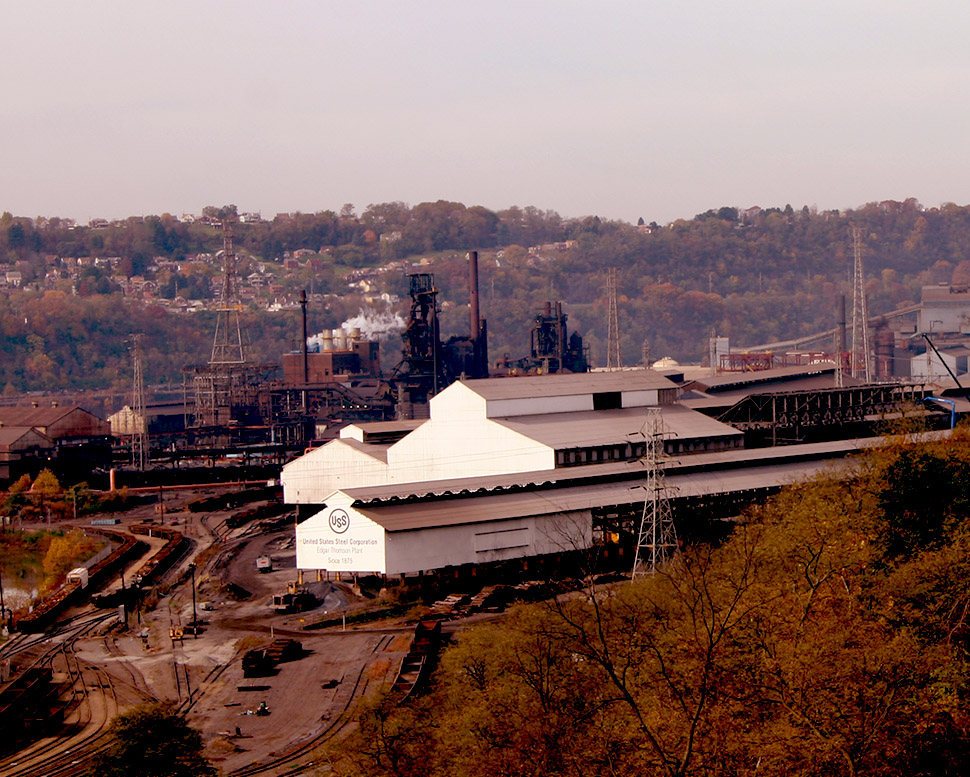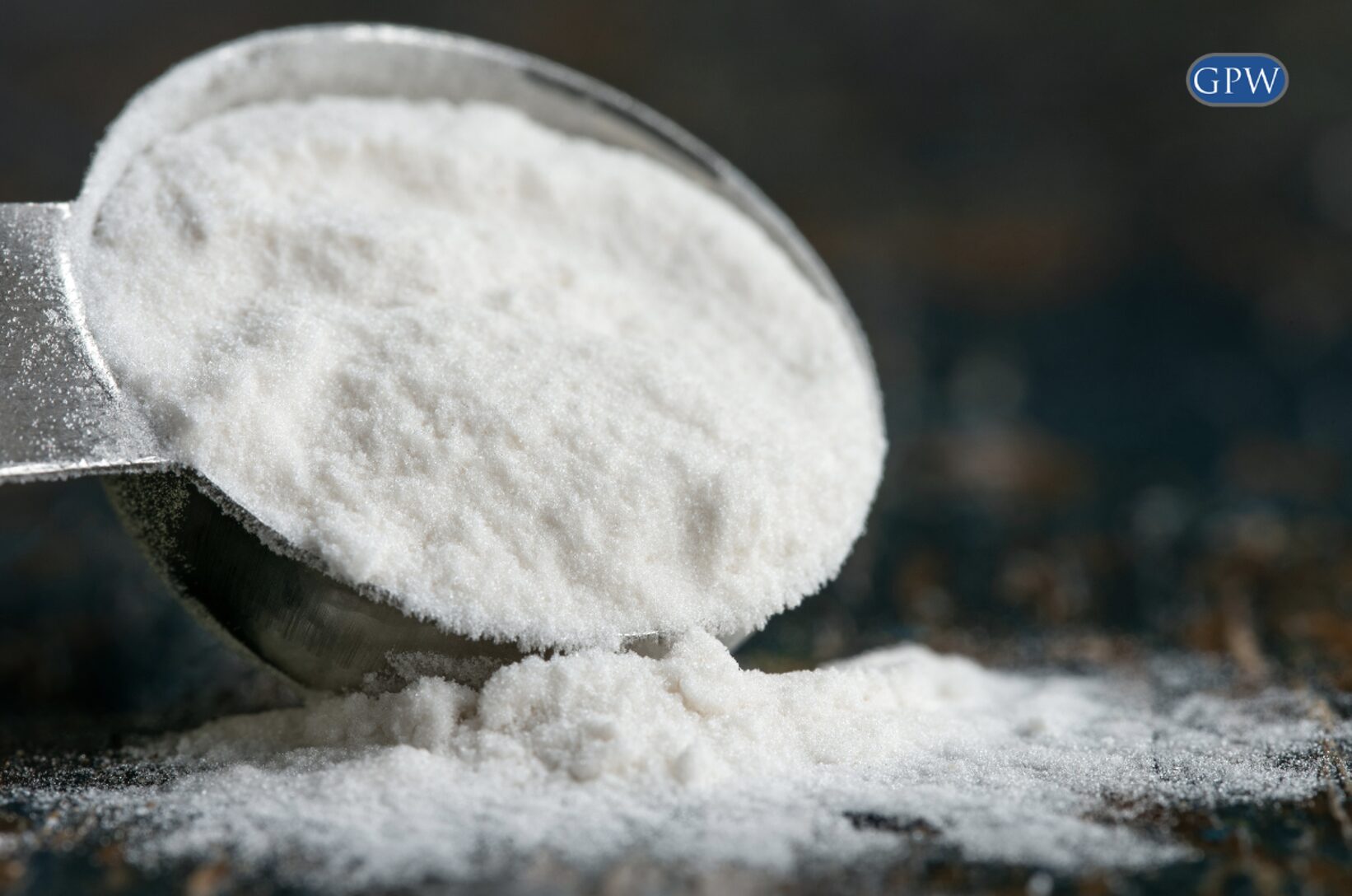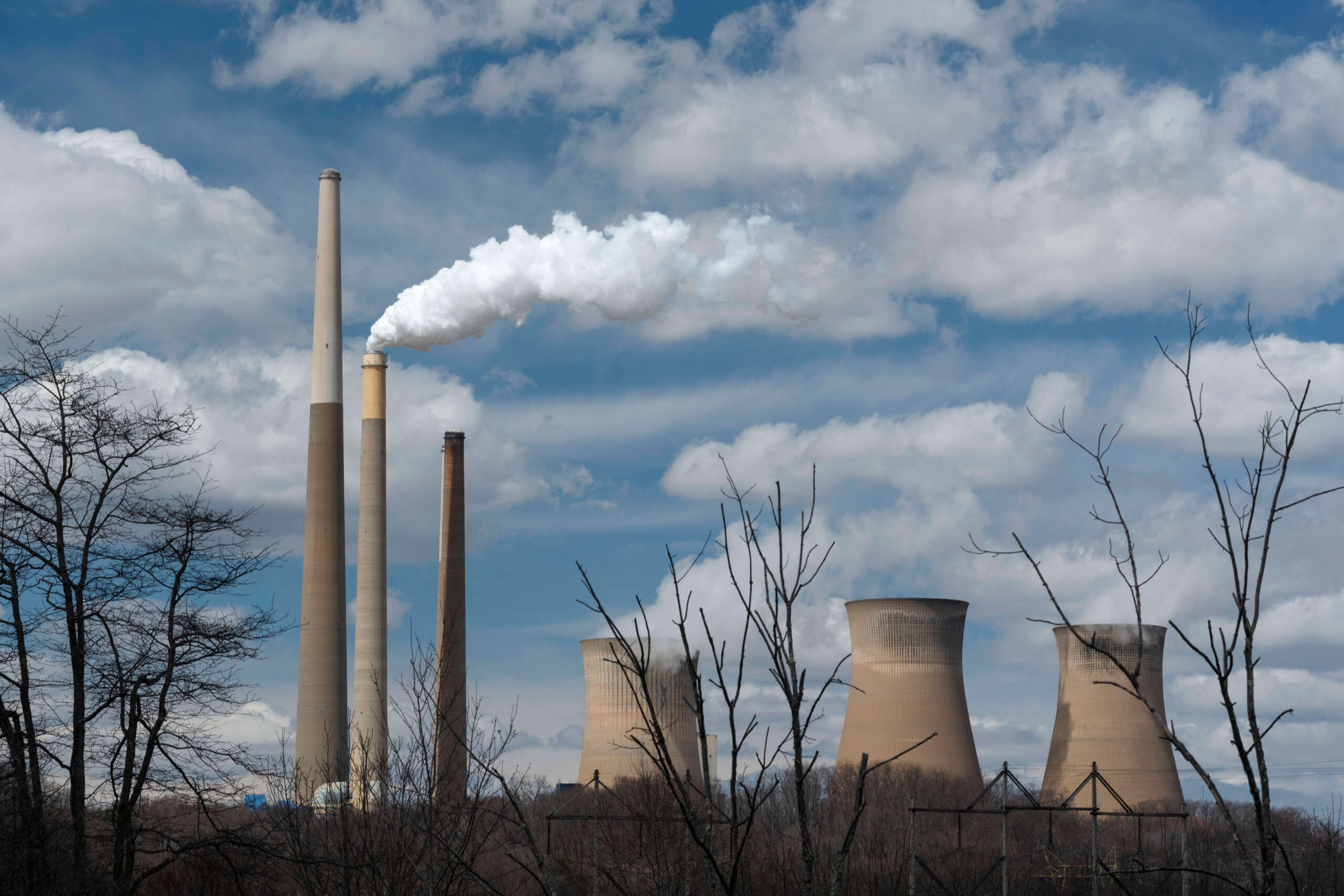Asbestos in Construction Materials
Construction materials play a vital role in shaping our daily lives, but it is essential to remain mindful of potential health risks associated with specific substances. Among them is asbestos, a once widely utilized material in construction due to its fire-resistant and insulating properties.
Asbestos became favored within the construction industry due to its exceptional ability to withstand high temperatures and its durability. It was integrated into various building materials, such as insulation, roofing materials, tiles, cement, and more. The versatility and cost-effectiveness of asbestos contributed to its widespread adoption throughout the 20th century in construction projects.
Asbestos Health Risks for Construction Workers:
When asbestos fibers are released into the air and inhaled, they can become lodged in the lungs, leading to severe health issues. Prolonged exposure to asbestos fibers has been linked to diseases like asbestosis, lung cancer, and mesothelioma. These conditions often have a long latency period, with symptoms appearing years or even decades after exposure. Workers in construction, demolition, and renovation industries are particularly at risk.
Identifying Asbestos-Containing Materials:
Identifying asbestos-containing materials (ACMs) can be challenging due to their hidden or disguised nature within various construction products. It is crucial to consult professionals trained in asbestos identification to accurately assess potential ACMs and ensure appropriate management strategies.
Certain construction materials have a higher likelihood of containing asbestos based on historical usage and manufacturing practices.
- Sprayed-on Insulation: Asbestos was commonly used in sprayed-on insulation, also known as “popcorn” or “cottage cheese” ceiling texture. This type of insulation was popular from the 1940s to the 1980s. The textured appearance was achieved by mixing asbestos fibers with a binding agent and spraying it onto ceilings. Therefore, older buildings with this type of ceiling may have asbestos-containing insulation.
- Pipe Insulation: Asbestos was widely utilized as a pipe insulating material in residential, commercial, and industrial environments. Its purpose was to enhance thermal insulation and provide fire resistance. Pipe insulation, commonly found on heating pipes or boilers, often consisted of materials containing asbestos. These materials were identifiable as fibrous, white, or grayish wraps surrounding the pipes.
- Vinyl Floor Tiles: In the past, vinyl floor tiles and their backing materials frequently contained asbestos. These tiles were widely used in residential and commercial buildings from the 1950s to the 1980s. Asbestos was added to the vinyl composition to improve strength, durability, and heat resistance. Tiles manufactured during this period, particularly the 9-inch by 9-inch size, are more likely to contain asbestos.
While the presence of these materials increases the probability of asbestos content, it is important to note that asbestos can be found in other products as well, such as cement products, roofing materials, joint compounds, and insulation boards.
Regulations and Bans on Asbestos:
Regulations and bans on asbestos have been implemented to protect construction workers from the health hazards associated with asbestos-containing materials. Some have banned it outright, while others allow limited use with strict guidelines. For example, the United States enforces the Asbestos Hazard Emergency Response Act (AHERA) and the Environmental Protection Agency (EPA) regulations to protect workers and the public from asbestos exposure.
AHERA, enacted in 1986, specifically focuses on protecting students, teachers, and staff in schools from asbestos-related hazards. The act requires schools to inspect their buildings for asbestos-containing materials (ACMs) and develop management plans to ensure their proper handling and maintenance. AHERA also mandates the accreditation and training of professionals involved in asbestos inspection and abatement in schools.
The EPA, on the other hand, regulates asbestos under several key federal laws, including the Toxic Substances Control Act (TSCA) and the Clean Air Act (CAA). These regulations apply to a wide range of settings beyond schools, such as workplaces, residential buildings, and public areas.
The EPA’s regulations encompass various aspects, including the manufacturing, importation, and use of asbestos. They set stringent guidelines for the handling, removal, and disposal of ACMs to prevent asbestos fibers from becoming airborne and posing a risk to human health. The EPA also establishes permissible exposure limits for asbestos and requires regular monitoring and reporting of asbestos-related activities.
It is important to note that while asbestos use has significantly declined, there is still a risk of encountering asbestos-containing materials in older buildings or certain products. If you or a loved one has been diagnosed with an asbestos-related condition, you could be entitled to compensation. Call 412-471-3980 or fill out our contact form to speak to a member of our team.




